EDITORIAL
Published on 15 Jul 2020
Editorial: Himalayan Climate Interaction
doi 10.3389/fenvs.2020.00096
- 2,138 views
- 8 citations
7,139
Total downloads
53k
Total views and downloads
Select the journal/section where you want your idea to be submitted:
EDITORIAL
Published on 15 Jul 2020
ORIGINAL RESEARCH
Published on 26 Apr 2019
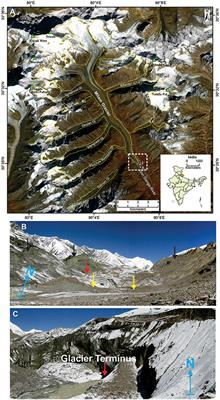
ORIGINAL RESEARCH
Published on 22 Jan 2019
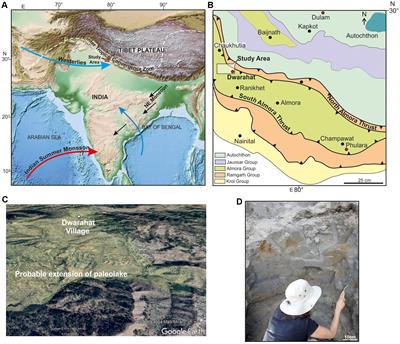
REVIEW
Published on 09 Oct 2018
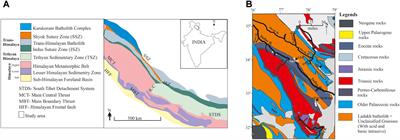
REVIEW
Published on 21 Aug 2018
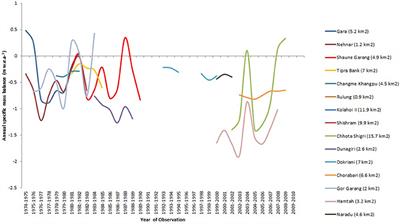
ORIGINAL RESEARCH
Published on 19 Jul 2018
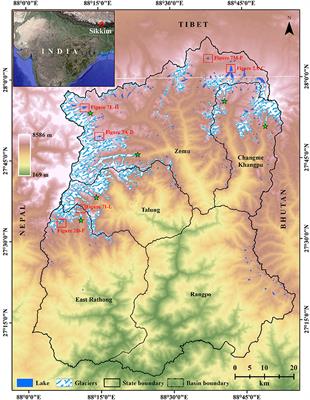
ORIGINAL RESEARCH
Published on 05 Jun 2018

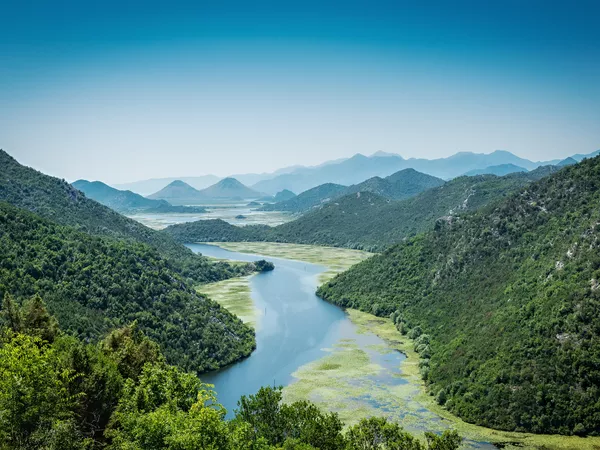
Frontiers in Earth Science